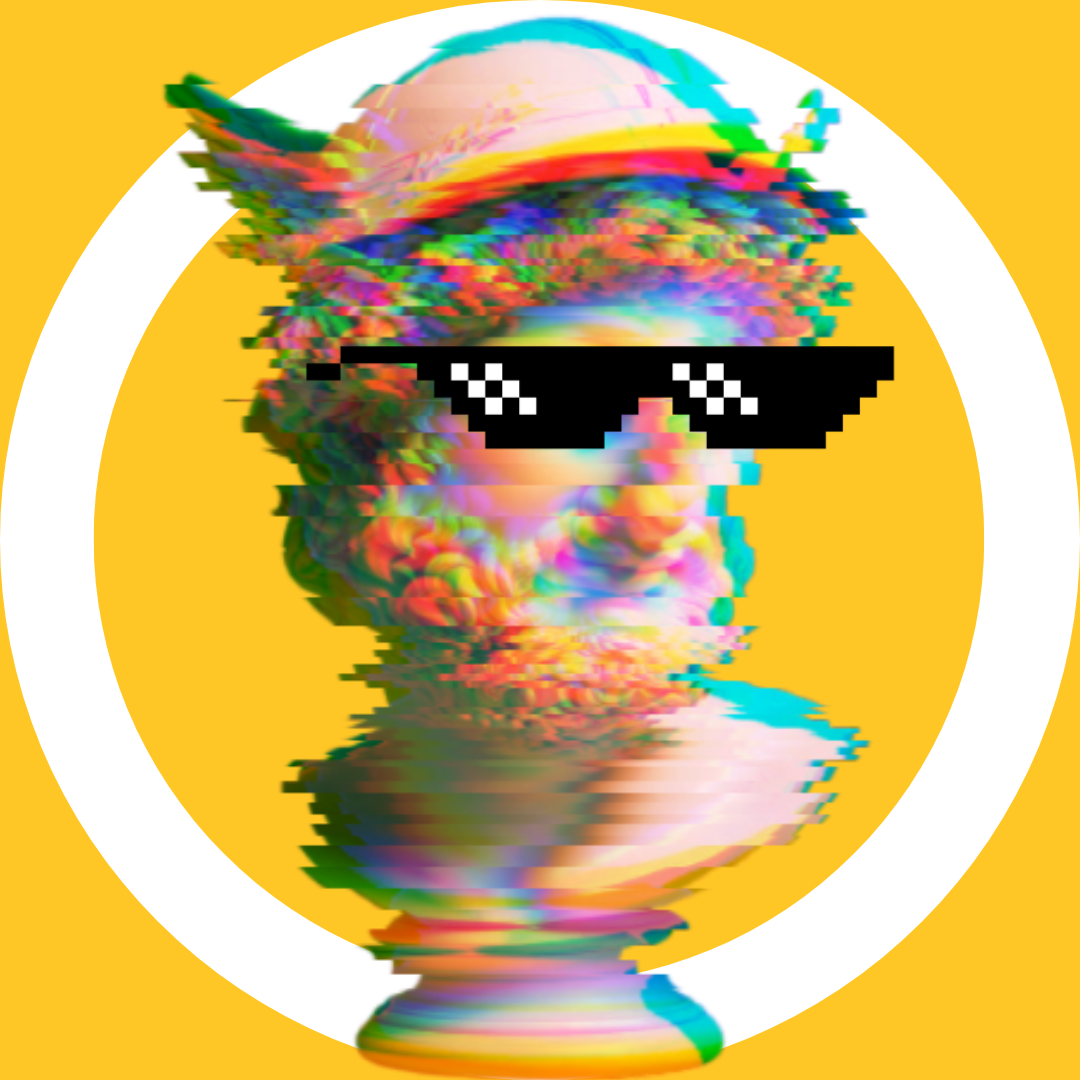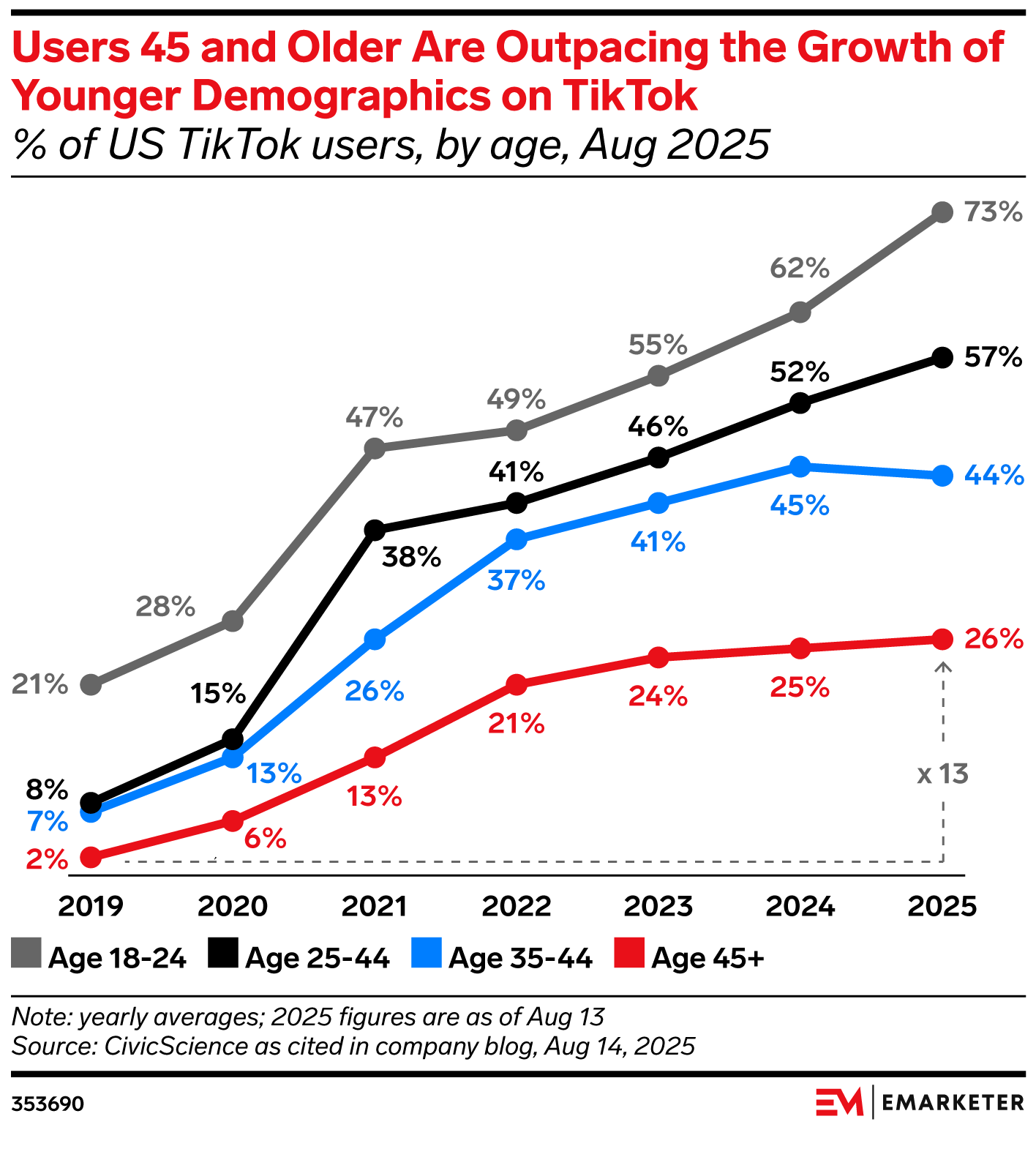∞
A marketing checklist that any business can use:
- Find a channel that reliably brings in paying customers.
- Keep customer acquisition cost below lifetime value.
- Increase conversion from website visitor to paying customer.
via DemandCurve newsletter (no public archive link unfortunately)
∞
What people say and do are two different things. As highlighted by this post from EMARKETER
The US consumer is in good shape, according to the CEOs of Dick’s Sporting Goods and Urban Outfitters—despite a recent dip in confidence and tariff fears.
Both retailers highlighted resilient spending in Q2
Asking a question (survey) can result in a different answer than observing behavior (sales).
∞
I love this quote from Liquid Death’s chief media officer:
We have a rule at Liquid Death that if you expect us to do it, we should not do it
Zig when they expect you to zag!
via EMARKETER



